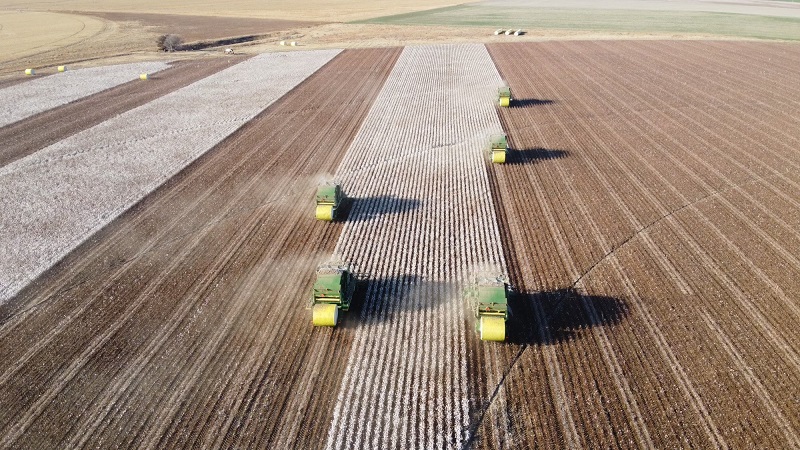Shurley on Cotton: August Numbers Likely Neutral to Bearish
By Dr. Don Shurley
The 2014 US cotton crop has been revised upward by one million bales from the July estimate. The August USDA crop production and supply/demand numbers released August 12 are the first estimates of the season based on an actual producer survey.
The July estimate was 16.5 million bales – based on estimated acreage abandonment of 15 percent and yield of 816 lbs/acre. These first produced-based numbers show abandonment of only 10 percent and a yield of 820 lbs/acre. The crop is forecast at 17.5 million bales – one million bales higher than the July estimate.
Abandonment is estimated at only 16 percent for Texas, and yield forecast at 632 lbs/acre. Yields appear strong just about everywhere. Much of the Mid-South looks to be over two bales per acre, and the Southeast also looks good, with yields approaching 900 lbs/acre or more.
The one million bale increase in the U.S. crop is offset somewhat by a half million bale increase in expected U.S. crop exports for 2014/15. This likely reflects the increase in production and available supply and perhaps the impact of the lower tier of prices we are experiencing. U.S. ending stocks are still expected to rise three million bales from last season.
Looking at the World and foreign numbers, production overall is changed very little other than in the U.S. The China crop estimate is unchanged, the Australia and Brazil crops are lowered, and the India crop is increased. World cotton use is increased 1.3 million bales from the July estimate. World ending stocks are revised downward by 600,000 bales.
The August numbers are best described as a mixed bag. Increase in the U.S. crop is bearish, but this may have been anticipated and already largely factored in to the current level of prices. Certainly, however, there is fear this could push prices even lower. But, the increase in U.S. exports is good news, and the increase in World Use is good news. Ending stocks did not increase, and that is good news.
At this point (with prices having lost 12 cents since mid-June), we take anything positive we can find. But in reality, aside from a major supply shock somewhere, prices likely have a rough road ahead. The U.S. crop looks promising, but the World and foreign situation is less known. Longer-term (into winter and spring 2015), the outlook will depend on the eventual U.S. and World supply and trends in demand (U.S. exports).
Shurley is Professor Emeritus of Cotton Economics, Department of Agricultural and Applied Economics, University of Georgia









